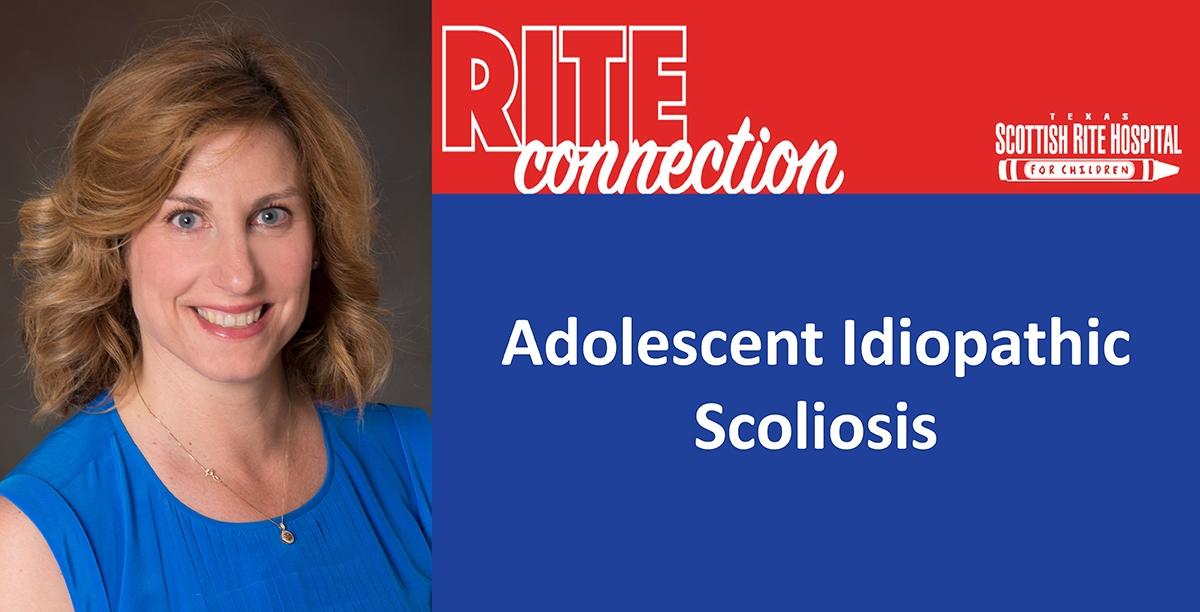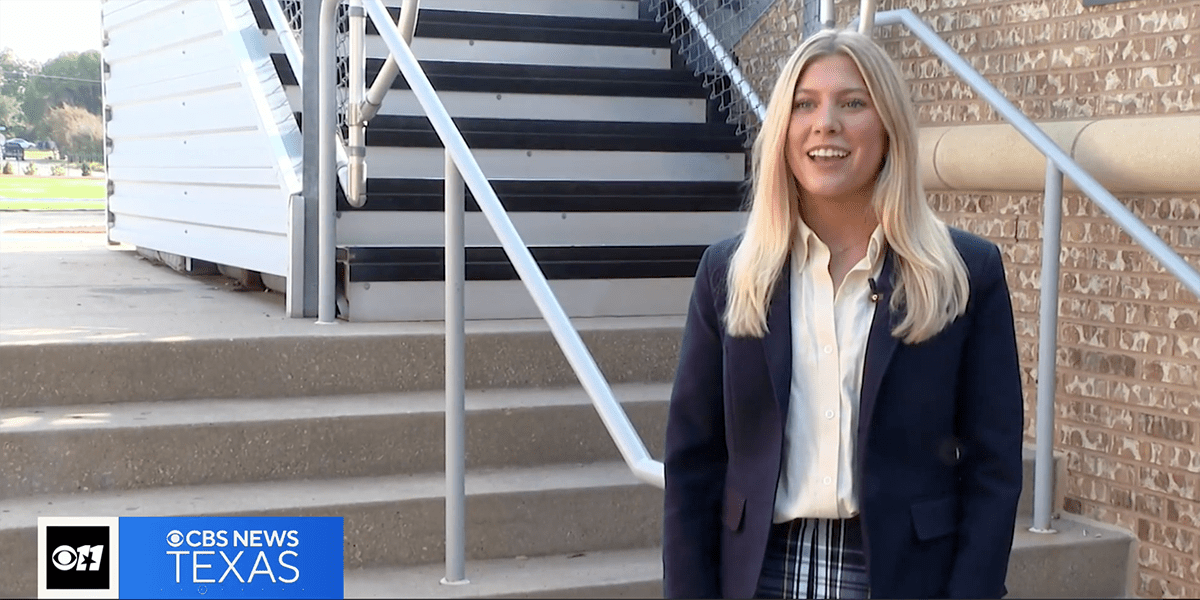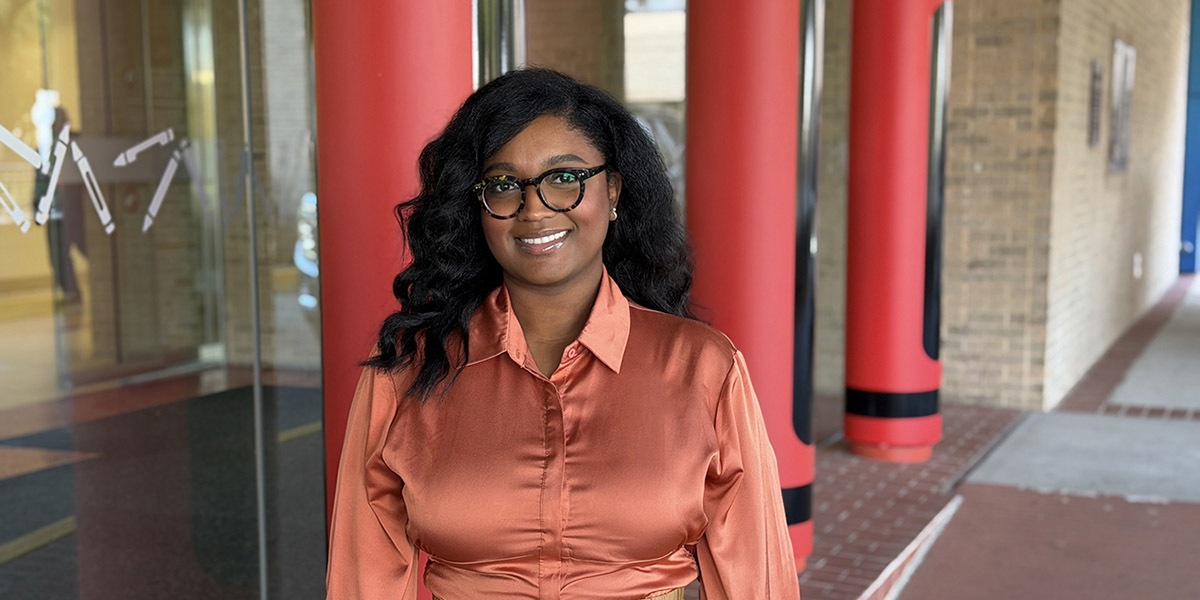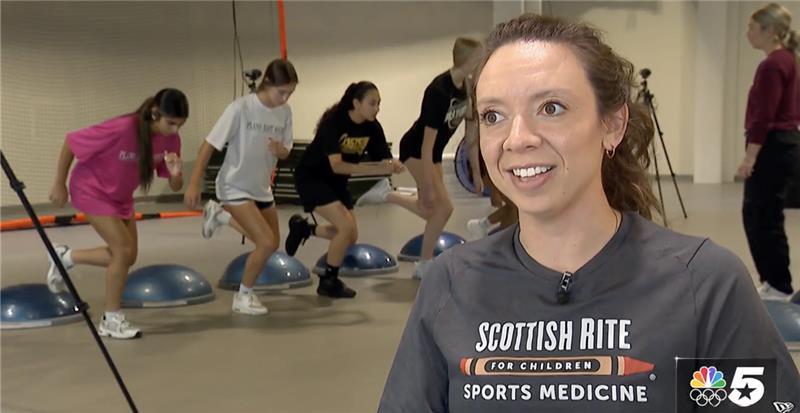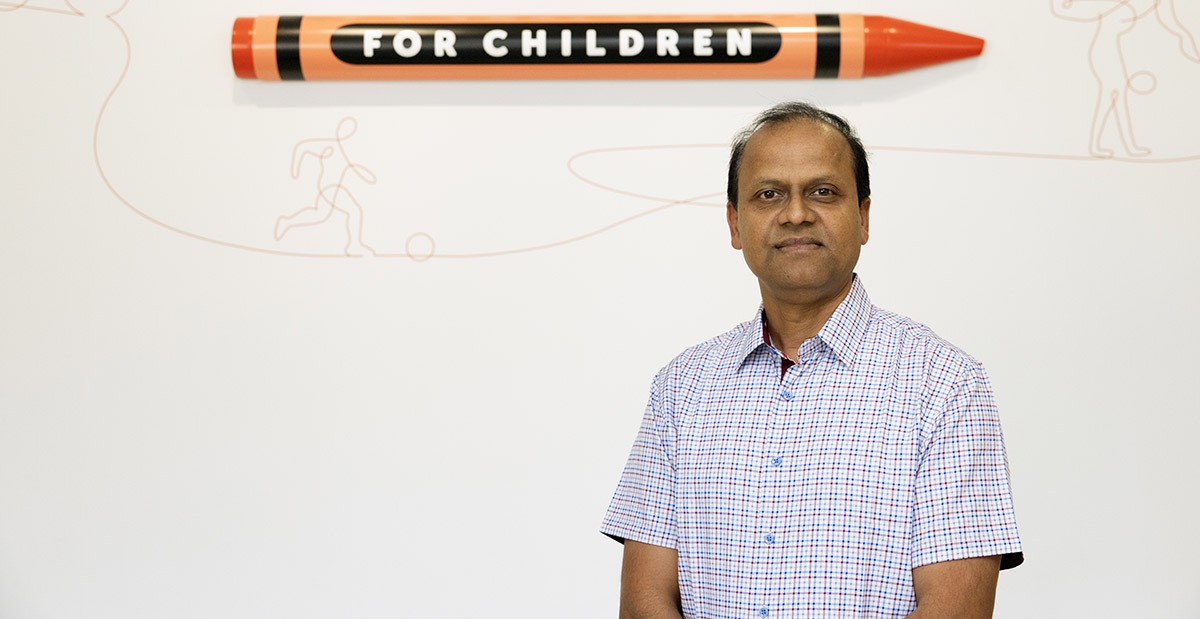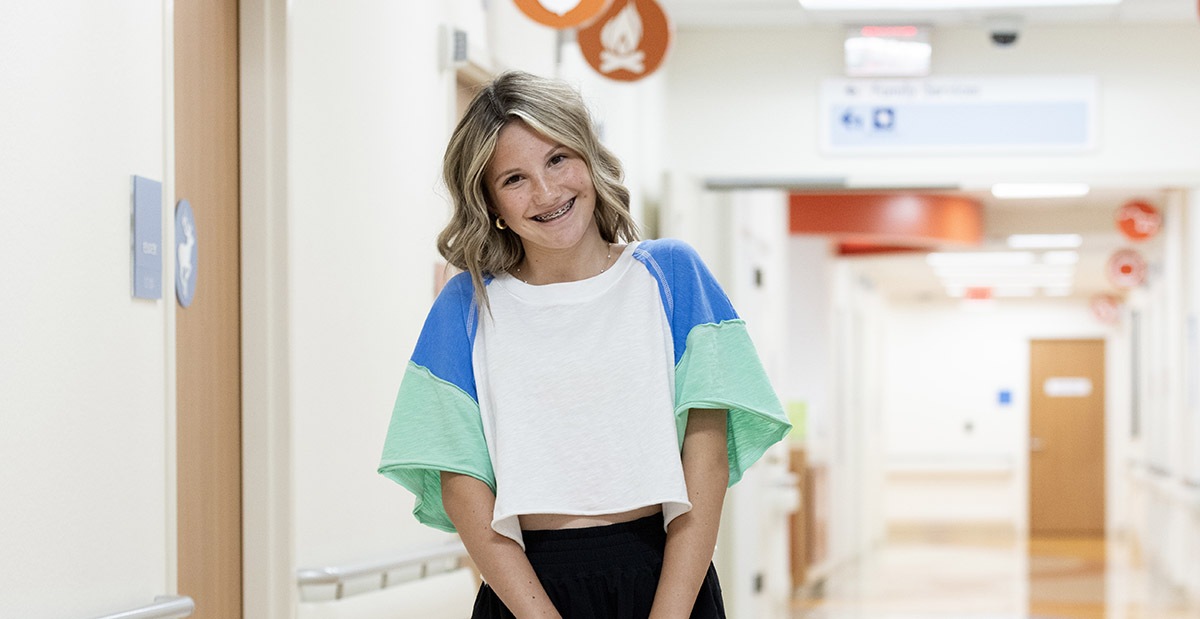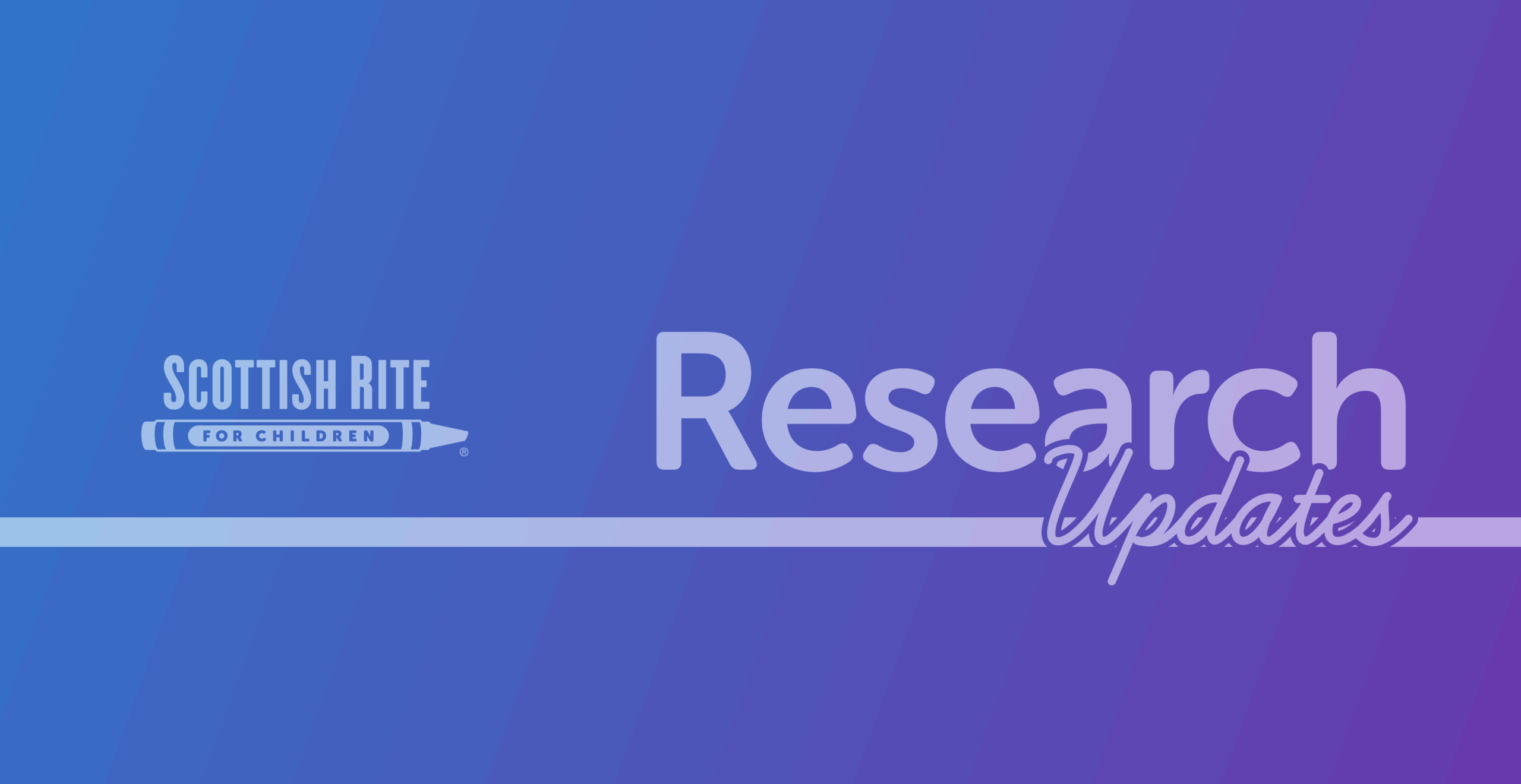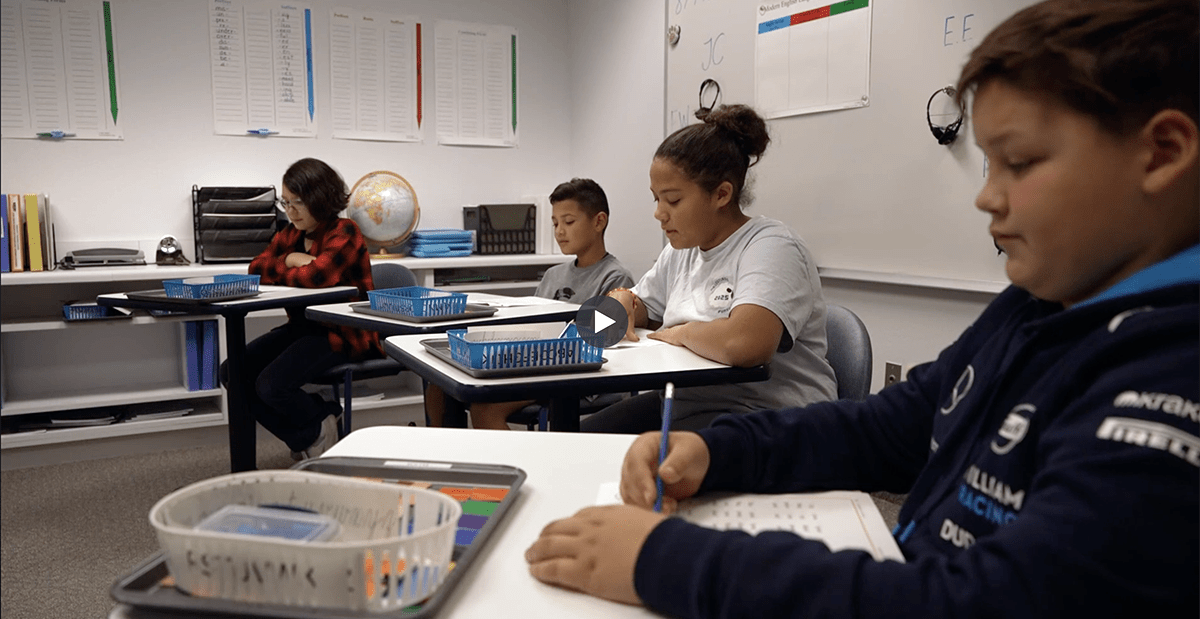Scoliosis is a rotation in the spinal column that creates a “C”-shaped single curve or an “S”-shaped double curve, when viewed from behind (Figure 1). Some cases worsen with time and can result in serious problems such as abnormal appearance in posture, increasing back pain as one ages, and in the worst cases, interference with heart and lung function. Idiopathic (no underlying cause) scoliosis occurs in 2 to 3% of the adolescent population, usually affecting young people between the ages of 10 to 16. Scoliosis onset is usually earlier in girls than in boys—generally, ages 10 to 14 for girls and 12 to 16 for boys.
Figure 1
Scoliosis screening is designed to identify adolescents with abnormal spinal curvature. Screening can detect scoliosis at an early stage, when the curve is mild. Most curves can be treated without surgery if detected before becoming too severe. Therefore, early detection is the key to controlling spinal deformities. Ideally, spinal screening should be conducted as a part of the annual examination for females at age 10 and 12 years, and males once at age 13 or 14 years. Signs to watch for include (see Figure 2):
- One shoulder higher than the other. One shoulder blade higher or more prominent than the other
- One hip higher than the other.
- Space between arms and body greater on one side.
- Leaning to one side.
- Head not centered directly above the pelvis.
- When bending forward, thoracic rib prominence or lumbar fullness that is asymmetric to the opposite side. (+ Adams forward bend test) (Figure 3)
If any of these signs are present, then the child should be referred to a pediatric orthopedic surgeon. Texas Scottish Rite Hospital for Children has a low dose X-ray machine (EOS) that obtains high quality images with significantly less radiation exposure to the patient. For that reason, please do not obtain X-rays. Just refer the patient if clinical signs of scoliosis are apparent on physical exam. The orthopedic surgeon will obtain standing, full length (posterior-anterior and lateral) spine X-rays to measure the cobb angle in both the frontal and sagittal planes. The Cobb angle measurement and the skeletal maturity of the child will determine the treatment.
What are the treatment options for AIS?
Observation:
Routine rescreening or observation by the physician is a form of treatment for mild curves (11-20 degrees). This observation period consists of regular clinical exams and spine X-rays throughout the rapid growth years of adolescence until the spine is mature. It is important to note that more than 90 percent of patients with scoliosis require no treatment other than observation.
For curves greater than 20 degrees in patients that are still growing rapidly, a brace is prescribed. The brace can prevent the curve from progressing and may eliminate the need for spinal surgery. However, the brace cannot correct the curve that already exists. Bracing is generally recommended for curves between 20 to 40 degrees in adolescent patients with significant growth remaining. The main factor in achieving a high rate of bracing success is the number of hours a day that the brace is worn. Various spinal orthoses are available, with the most common being a Thoracolumbo Sacral Orthosis (TLSO). The TLSO is named by the areas it is designed to stabilize: the thoracic, lumbar and sacral parts of the spine. It is cosmetically acceptable as it can be covered well by clothing. Wearing a brace is not an easy treatment for an adolescent. Even covered by clothing, it is hot, hard and can make the student feel self-conscious. Getting into a daily routine of wearing the brace while participating in activities helps with compliance, which is key to successful treatment.
Surgery:
Some patients present with severe spinal deformity, and other patients scoliosis worsens despite compliant brace wear. In these specific patients, surgery can reduce a portion of the curve and prevent it from increasing in the future. Usually, surgery is reserved for adolescents and pre-adolescents who already have a curve of 45 to 50 degrees or more. The most common surgical procedure is a posterior spinal fusion with instrumentation and bone graft.
This type of surgery involves attaching rods to the spinal column to help straighten it. The bone graft between the affected vertebrae encourages fusion to prevent further progression of the curve. Instrumentation refers to the various rods, screws, hooks or wires that are used to hold the spine in the corrected position while the bone fusion occurs. The instrumentation is rarely removed. Following surgery, the fused section is no longer flexible. The average hospital stay is about two to three days, and the student can usually return to school in approximately four weeks. During the first six months after surgery, some limits will be placed on strenuous physical activity. After this healing phase, the surgeon will usually release the patient for all activities, including competitive, low-contact sports.
Does physical therapy help treat scoliosis?
The Schroth method is a nonsurgical option for scoliosis treatment. It uses exercises customized for each patient to return the curved spine to a more natural position. The goal of Schroth exercises is to de-rotate, elongate and stabilize the spine in a three-dimensional plane. This is achieved through physical therapy that focuses on:
- Restoring muscular symmetry and alignment of posture
- Breathing into the concave side of the body
- Teaching you to be aware of your posture
This approach to scoliosis treatment was developed by Katharina Schroth and further popularized by her daughter Christa. Born in Germany in the late 1800s, Katharina Schroth had scoliosis that was unsuccessfully treated with bracing. She developed her own breathing technique and exercises to manage her scoliosis. She and her daughter opened a clinic, where they treated more than 150 patients at a time.
A Schroth-trained physical therapist or specialist should guide you in learning this program. The duration of this treatment varies and the patient is expected to continue exercises at home to keep scoliosis in check.
Scottish Rite Hospital is currently investigating the use of Schroth physical therapy alone and combined with brace treatment for patients with mild scoliotic curves.


